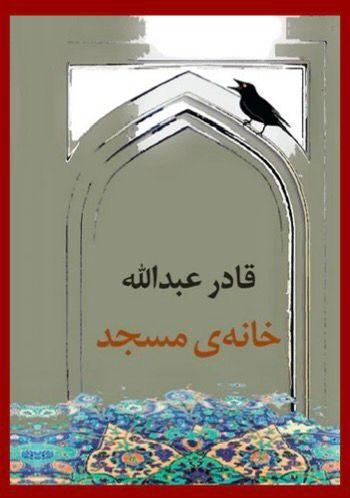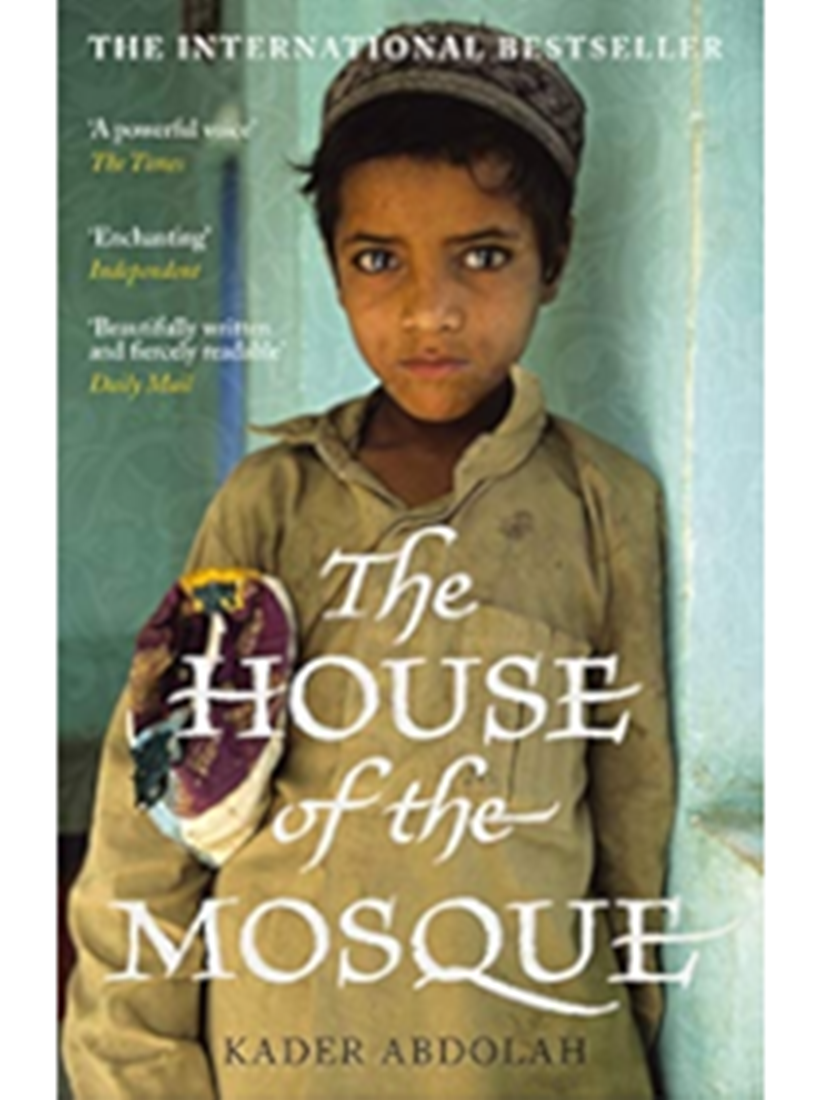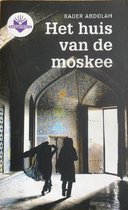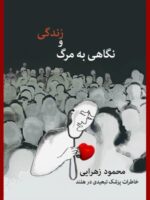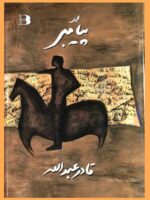ader Abdolah is the nom de plume of an Iranian man who quit his native land in 1985, first for Turkey and then the Netherlands, and has since written novels and other works in Dutch. His 2000 novel Cuneiform, published as My Father’s Notebook in 2005, was praised in this country. The original of this novel has sold in its hundreds of thousands in the Netherlands, while an Italian critic has compared Abdolah, in his mastery of an alien literary language, to Nabokov and Conrad.
The House of the Mosque unfolds in Senejan, a traditional carpet-weaving town that has affinities with Abdolah’s home town, Sultanabad or Arak. The hereditary owners of the town’s congregational mosque occupy a large, old house. They include Aqa Jan (”Dear Master”, a title often given to the paterfamilias in Iran); his cousin Alsaberi, the unworldly imam of the mosque; Muezzin, the muezzin; troubled or rebellious children; colourful domestics; an occasional clairvoyant; a crippled child; and various half-fabulous fauna.
The story begins well in July 1969 with the introduction into the house of a portable television so that Aqa Jan and Aqa Alsaberi can watch the moon landing. The best passage shows how the modernising autocracy of Shah Mohammed Reza – brutal, cynical, in a desperate hurry – all but overran even traditional Iranian towns in the first half of the 1970s. In the revolution of 1979, Aqa Jan and his family come painfully to grief. Ingenious, but complacent in their habits and religion, they are no match for the rough customers of the revolution.
The story, rather like the Islamic republic itself, then meanders towards an inevitable but indistinct end. The writing has many paraphrases of the Qur’an (Abdolah published a translation into Dutch in 2008); the translation into English is a little monotonous, but true, as far as I can judge, to Abdolah’s Dutch.
The interplay of history and fiction has been a rich source of literary masterpieces, but here fable and history are often at sixes and sevens. Abdolah’s history is of four types. The first, and least objectionable, is where a historical figure passes in silence through the story, as when the Empress Farah comes to Senejan to open a clinic and a cinema, and is met with a demonstration. The second is when a champion of Iranian history is turned for no good reason on his head: Khomeini spends his evenings watching nature films while his wife, Batul, poses for the camera.
In the third, a historical figure appears in the story but as a mere shade or wan caricature. Abdolah’s revolutionary judge, who is called Khalkhal, is not a patch on the bucolic and farcical Sadeq Khalkhali of history. The trial and execution of the Shah’s prime minister, Amir Abbas Hoveida, though displaced by Abdolah from the Qasr prison to the Tehran abattoir, has nothing of the horror and the cabaret of Khalkhali’s memoirs or Abbas Milani’s life of Hoveida.
The fourth type is where Abdolah takes some fable peddled by the Islamic republic and then, inexplicably, treats it as history. Take the sentence that begins: ”On the night that everybody was glued to the television . . . a group of Islamic students, acting with Khomeini’s approval, climbed over the wall of the American Embassy compound.” It is not at all clear that the ”students” acted with Khomeini’s approval, though he was ready to exploit the fait accompli.
Likewise Abdolah takes the propaganda version of the so-called Black Friday massacre of September 8, 1979, moves it for no evident reason to the wrong square in Tehran, puts in a figure for casualties that no impartial observer accepts, and adds other implausible detail. I hate to think of half a million Dutch readers mistaking all that for history.
Abdolah might say that he is offering a fabulous alternative to history, suited to a busy international taste nourished by Louis de Bernières and the Latin American school. Yet in Iran, where the government insists, for example, that protester Neda Agha Soltan was shot by her friends, there is already more than enough fable.
(From: The Guardian)

